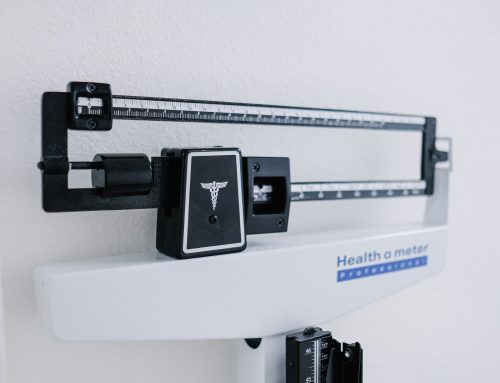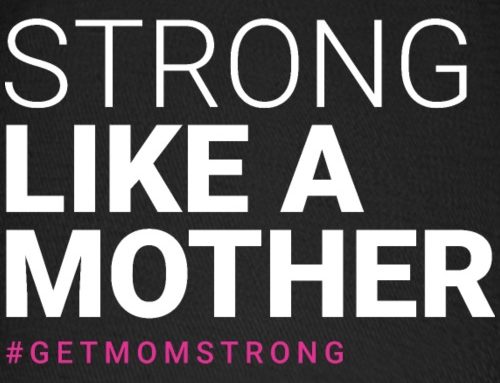Ever confused how to shop for healthy food? It can be seriously tough to navigate through all the BS claims, to actually end up confident about what’s in your cart! Not to mention the never- ending, confusing nutrition controversy over meat, dairy, organic, GMO, sugar, etc. In this post, I will tell you exactly how I shop and my top 3 considerations when buying food.
The false and misleading claims found on food packaging and commercials, are shocking. It angers me because these companies are taking advantage of consumers, who otherwise have no idea. The sad truth is, most food and supplement companies have one interest, which is taking your money. They don’t care about what’s good or bad for you. It’s a win-win for them, if you think a convenient product is good for you and it tastes good. Being well informed is important to ensure you are actually getting good food, and you’re supporting companies and businesses that are providing a good quality product.
Here are the top 4 things I look at when I’m grocery shopping, in order of importance:
- Ingredients
- What is this food made of? If I see ingredients I don’t like, such as inflammatory oils (safflower, sunflower, canola, soy, cottonseed, corn), chemicals, and/or ingredients I don’t recognize as food, I’m likely putting it back.and looking for an alternative. I don’t look at what the claims or nutrition facts are, unless I check the ingredients first.
- Processing
- Here are some questions you can ask yourself, to determine how processed a food is:
- Could I have made it myself at home? Would I have used the same or similar ingredients? How many steps did it take to make this food, from ground up?
- There are many levels of processing and not all processed foods are “bad.” I look for products that make my life easier and are minimally processed.
- Here are some questions you can ask yourself, to determine how processed a food is:
- Quality of Ingredients
- If the ingredients look good, the next aspect is to determine the quality of the food. Some considerations might be:
- Organic vs. conventional. HERE is one resource I use for choosing produce.
- Grass fed, pasture raised/ pastured, free range and wild caught. More on those definitions HERE. I will be writing another post just on this topic, soon!
- GMO likely ingredients. More on that HERE and HERE.
- Corn and corn derivatives, vegetable oils, sugar, soybeans and soy ingredients are the top GMO ingredients. Best to buy organic if you see those ingredients. Organic also means non-GMO.
- It’s best to spend more money on higher quality animal products, versus produce. Toxins from pesticide sprayed food and medications, accumulate in animal tissue.
- Like most, we are on a food budget and need to prioritize where money is being spent. We do our best with both. We shop locally for some staples like grass fed beef (buy in bulk from the farm), raw milk and eggs. We buy organic chicken (whole or thighs are less expensive), frozen wild caught fish, and organic produce if on the dirty dozen list. We don’t buy everything highest quality and organic.
- If the ingredients look good, the next aspect is to determine the quality of the food. Some considerations might be:
- Nutrition Facts Panel
- The most important part of the nutrition facts label, to me, is the added sugar. I’m shooting for as little as possible.
- Serving size. You need to know this so you can accurately compare products and determine what your intake will be. If one product has 12 grams of sugar per 3/4 cup, but the next has 10 grams per 1/2 cup, it might seem like the second option is better if you didn’t account of the serving size.
- I also glance at the fiber content and carbohydrate content, but those are less important to me.
- Trans fat is also important to look for, but you won’t need to check for this if you are steering clear of the oils mentioned above in the ingredients section.
Some things that automatically deter me from even picking up and investigating a food are:
- Low Fat
- Fat Free
- Reduced Fat
- Sugar Free
- 0 Carbs
- Low Calorie
- Diet
These typically are devoid of important nutrients, or have added ingredients that aren’t optimal.
Now don’t get me wrong, I’m not a perfect food eater! These are the general guidelines I use when I’m buying my everyday foods, or looking for new products. I definitely buy some random foods sometimes, that don’t have perfect ingredients. In fact, today I bought some “Hazelnut Cocoa Pillows” cereal, which I’ve never had and looked like an exciting snack sometime. I don’t usually eat cereal, but this one looked really good and my diet is full of healthful foods, most of the time. I don’t feel guilty or “bad” about buying or eating it, what-so-ever.
 My office is open for in-person and virtual appointments. Here is the
My office is open for in-person and virtual appointments. Here is the 




Thanks Marit for the excellant insight. Great pointers this one it is especially better to buy high quality meats that are grass feed because pestides accumulate in the animal.
What I really need to do is focus on buying eggs and meat locally.